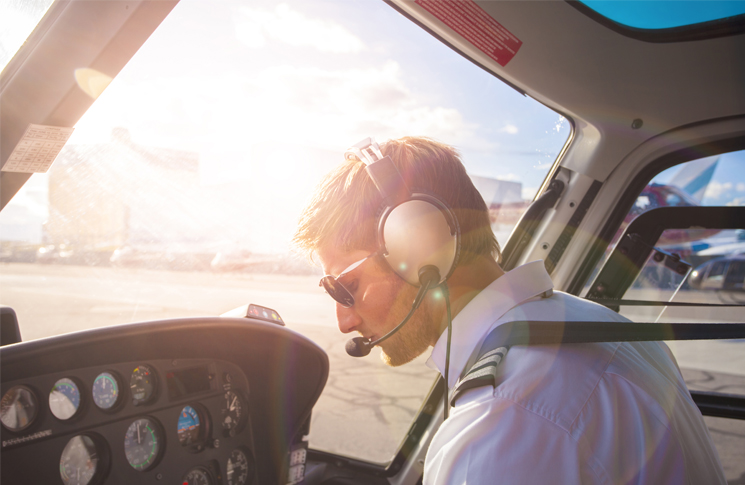Telling pilots and others involved in aviation about particular risks they face is Flight Safety Australia’s job, so it’s nice to be able to say, for a change, that some risks are not as dangerous as previously thought.
A study published today by the QIMR Berghofer Medical Research Institute in Queensland examined the deidentified records of more than 20,000 pilots. Of this group 114 had developed melanomas. It is the first study to examine melanoma incidence in Australian commercial pilots, although it only looked at male pilots since there were too few female pilots to be assessed.
The study’s lead author, Catherine Olsen, said the results showed melanoma rates among commercial pilots were similar to the general male population.
‘Male pilots who live in Queensland have the highest rates, just as Queensland residents do in Australia overall,’ Olsen said.
‘A large percentage (of melanomas) were on the back, which is not what we would have expected if sun exposure in the cockpit was a driving factor.’
The findings differed from European and US studies which found pilots in Europe and North America had twice the rate of melanomas compared to the general population.
However, contributing author, Kyoko Miura, said a systematic review of all relevant international research found that all previous published evidence was from pilots operating in the Northern Hemisphere, and most of it had been collected from the1940s up to the early 2000s.
CASA principal medical officer Sanjiv Sharma, said CASA had been working on the collaborative program to improve the understanding of issues affecting pilot and controller health. ‘This is consistent with the International Civil Aviation Organization (ICAO) Standards and Recommended Practices (SARPs), which have been updated to include the role of the regulator in health promotion and preventative health care,’ he said.
Professor Olsen said work practices and aircraft design had changed since the early studies. ‘In the 1950s, pilots may have had longer layovers, often in sunny locations, and they likely had much higher recreational sun exposure, but now current practices don’t really allow that, they fly more often,’ she said.
‘Conditions in airliners have also changed. Levels of short-wave solar ultraviolet radiation, the kind associated with melanoma, are mostly extremely low on today’s airliner flight decks.’
Professor Olsen called for further research. ‘We believe our research should now be built on, using contemporary data gathered from around the world, in order to confirm whether commercial pilots in other countries that have lower background melanoma rates than Australia are also no longer at increased melanoma risk.’
Of course, none of this means you no longer have to slip, slop and slap. In Australia, sun exposure is a risk, whether you fly or not. A QIMR Berghofer study published in February found Australia had regained the unenviable title of having the world’s highest rates of invasive melanoma.


